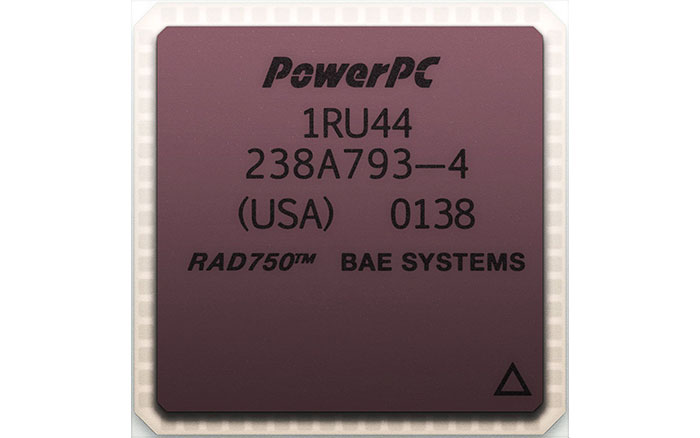One might expect cutting edge NASA space exploration equipment to feature some of the most modern technologies available. While that understanding might be true with regard to materials science, propulsion, cameras, sensors, and other important space exploration equipment it surprisingly isn't in terms of the computer chips used by the likes of the Mars Perseverance rover. According to a recent report from New Scientist the Perseverance rover uses the same single-core 233MHz CPU that powered the bulbous multicolour iMac G3 which started shipping in 1998.

Specifically, the Perseverance rover is said to be powered by a single board computer (SBC) called the RAD750. This board is made by BAE systems and features a variant of IBM/Motorola's PowerPC 750 chip plus supporting components which work in extreme environments – it is hardened to withstand from 200,000 to 1,000,000 Rads and temperatures between −55 and 125°C.
So, what are the specs of the RAD750? According to a Wikipedia entry on the device its CPU is indeed based on the PowerPC 750 with completely compatible packaging and logic functions. The CPU has 10.4 million transistors, and is manufactured using either a 250 or 150nm process. The RAD750 CPU consumes about 5W, with the full SBC consuming up to 10W. While the iMac's PowerPC 750 ran at 233MHz, the RAD750 CPU is tuned down to between 110 and 200MHz. You can see on the Wikipedia page that the RAD750 has been popular with a long list of spacecraft (Deep Impact, Kepler space telescope, Juno, the Curiosity rover, and many more) and has earned a reputation of solid reliability.

Close-up of a processor from a RAD750 SBC.
While we are talking of the PowerPC 750, it is interesting to consider how its process, transistor count, slow speed, and single core processing capability make the cheapest modern SBC devices sound very powerful. "It's not about the speed as much as the ruggedness and the reliability. I need to make sure it will always work." Matt Lemke, NASA’s deputy manager for Orion's avionics, told The Space Review about the RAD750 back in 2014.
The RAD750 SBC is said to have a price tag in excess of US$200,000. However, that is small potatoes when the overall cost of the Perseverance mission will be approx $2.9 billion.
Other sources: Gizmodo













